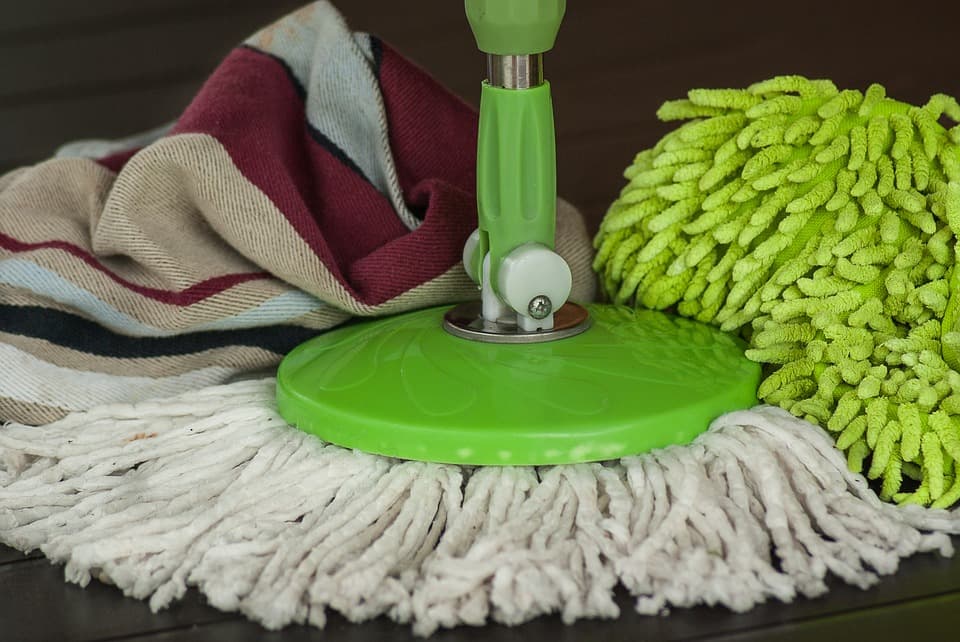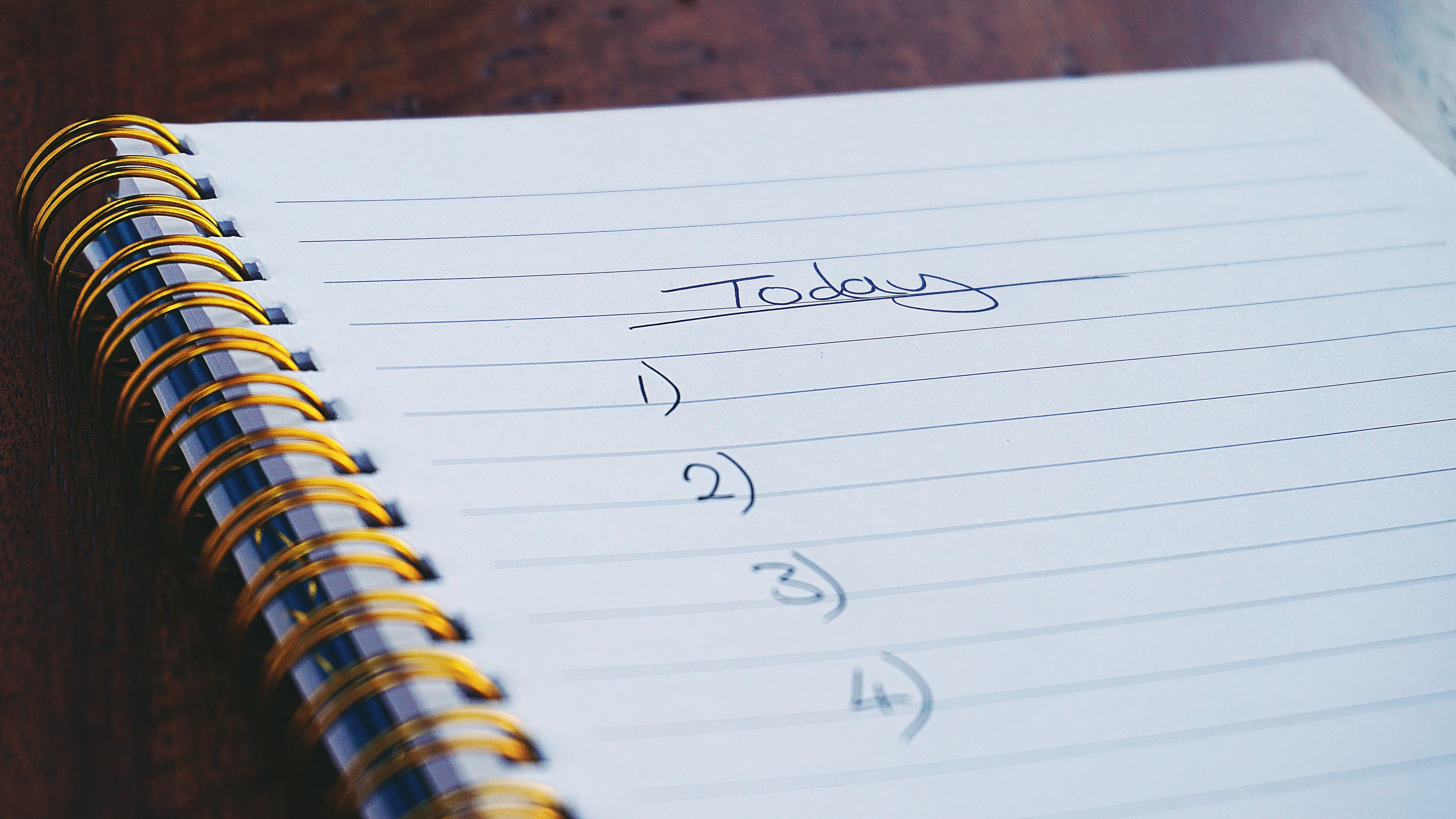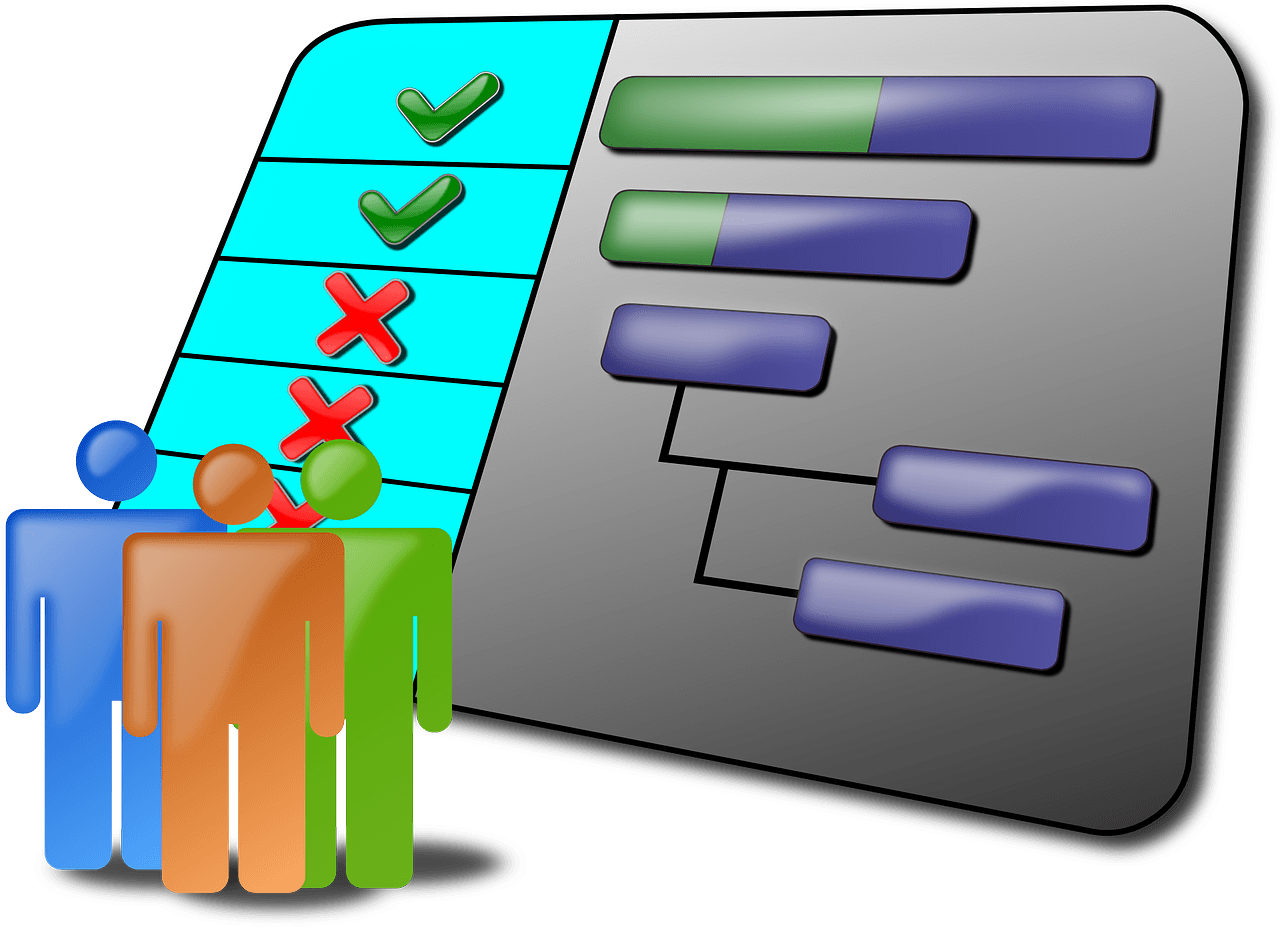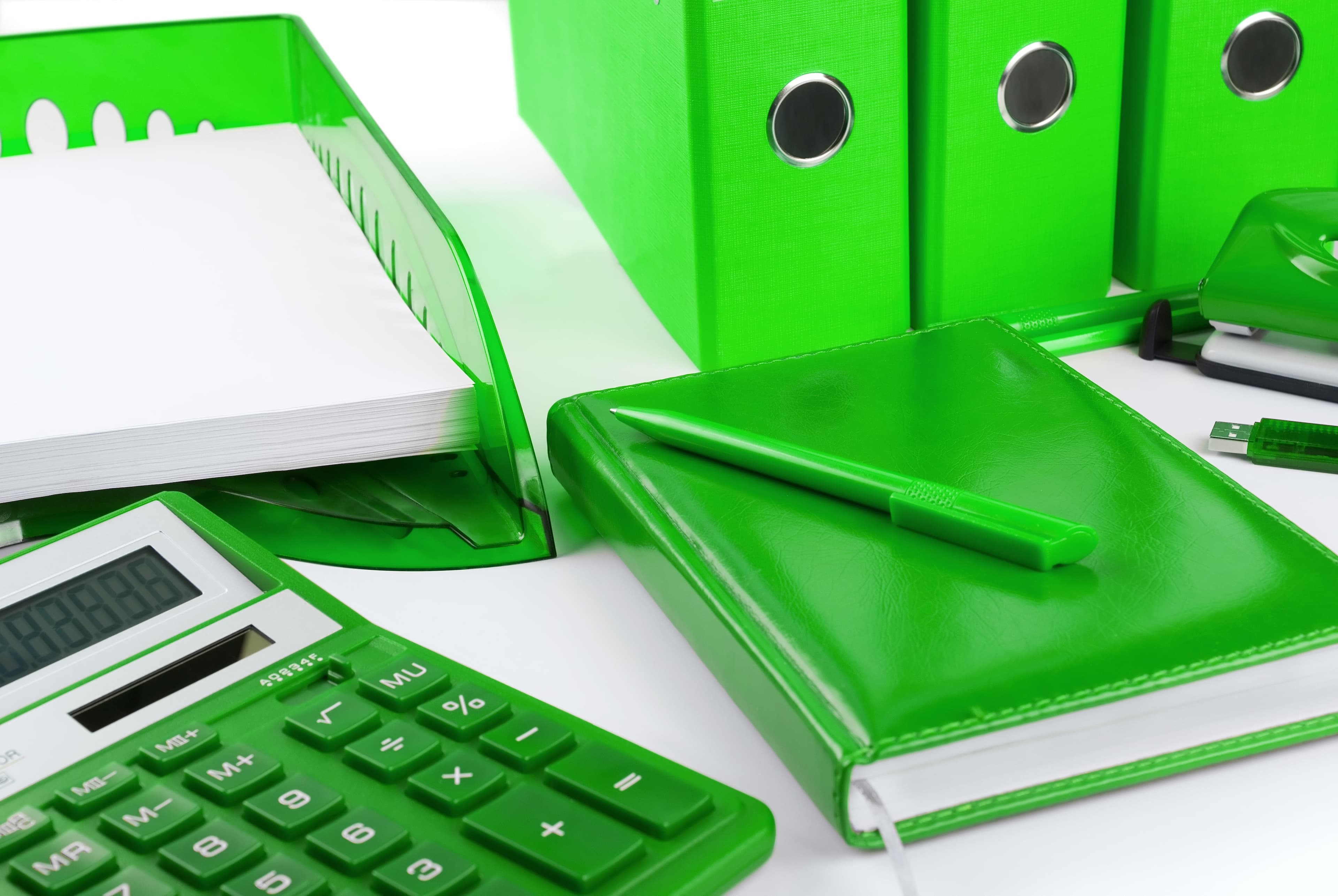iPod for Storage Checklist
5 stars
Scores 4.90 with 65 votes


Views
15
Views: 15
Uses
2
Uses: 2
Tasks
46
Tasks: 46
- Your iPod is now a portable storage device.
- This will make file transfer even easier.
- This will bring you to the iTunes screen.
- Do not disconnect your iPod.
- ” This will allow you to use your iPod as a regular mass storage device.
- " Click the Start button, click "My Computer," and then click on the iPod drive.
- If any files are missing, repeat the copy-paste or drag-and-drop method.
- Select the correct computer program (Word,Office, Excel, etc).
Details
It's not just for music...it's a portable file cabinet for important files.You can use your iPod as a storage device for files, documents, and other media. Our iPod for Storage Checklist shows you how to do it, with simple instructions anyone can follow.
Tips
- Be aware that if you have music saved on your iPod and you connect it to a computer that does not have your iTunes library, your music/media library on your iPod will be erased. It can only be re-downloaded onto your iPod from the computer containing your music and media files.
- Never disconnect your iPod while the warning icon is flashing. Always disconnect (select "eject device") through the start menu or via the iPod icon before manually unplugging the device from your computer.
Suggest Improvements
Rate this Checklist
5 stars
Scores 4.90 with 65 votes







